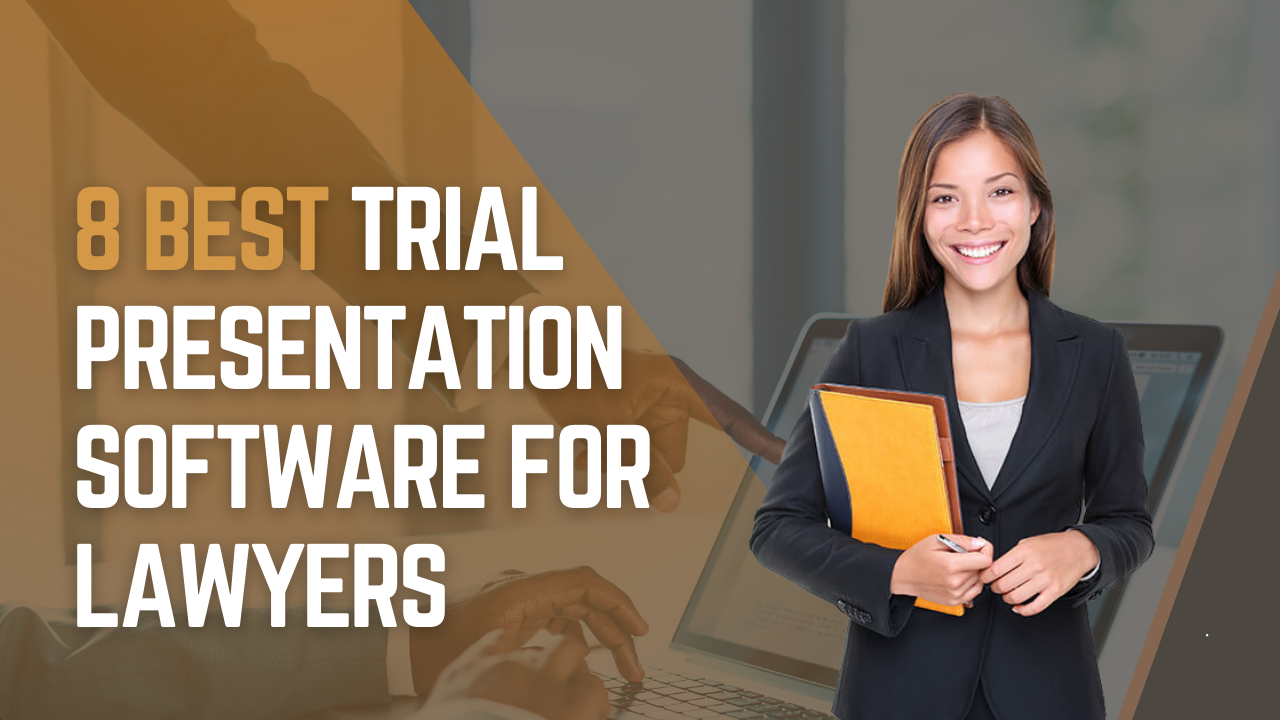The Duty of Visual Help in Successful Trial Presentations: An Overview for Attorneys
The Duty of Visual Help in Successful Trial Presentations: An Overview for Attorneys
Blog Article
Browsing the Complexities of Test Presentations: Tips for Seamless Delivery and Engaging Disagreements
In the realm of legal procedures, the art of test discussion stands as a critical determinant of success. The complexities intrinsic in test discussions call for a fragile equilibrium of skill, approach, and ability.

Understanding Trial Goals
To properly navigate a trial, it is vital to have a clear understanding of the purposes that need to be accomplished. Before tipping right into the courtroom, legal teams must define their objectives and wanted results. These purposes work as directing principles throughout the trial, forming methods and affecting decision-making procedures.
Understanding trial objectives involves an extensive analysis of the situation, legal precedents, and the client's finest rate of interests. Trial Presentations. It needs a careful exam of the realities, recognizing vital problems, and expecting prospective difficulties. By establishing certain and quantifiable goals, attorneys can customize their discussions and disagreements to line up with the desired results
Moreover, a clear grip of test goals allows legal groups to focus on evidence, witnesses, and legal debates properly. It permits the advancement of a meaningful narrative that reverberates with the court and jury, strengthening the total situation presentation.

Organizing Proof Successfully
Having a clear understanding of test goals lays the foundation for arranging evidence properly in legal process. By lining up the presentation of proof with the desired end results of the trial, lawful teams can reinforce their arguments and boost their persuasiveness.
One more trick aspect in arranging evidence properly is developing a logical circulation. Presenting proof in a coherent and sequential way can help develop an engaging narrative that sustains the lawful disagreements being made. In addition, using aesthetic aids such as graphes, timelines, or charts can better improve the company of proof and assist in clearing up intricate connections or series of occasions.
Additionally, making sure that all proof presented is pertinent and admissible to the situation is necessary. Irrelevant or inadmissible proof can interfere with the toughness of the argument and potentially harm the integrity of the offering party. A thorough evaluation and choice procedure should be embarked on to consist of just the most lawfully sound and impactful evidence in the test presentation.
Crafting Convincing Stories
Crafting engaging narratives plays a pivotal duty in presenting influential disagreements during lawful proceedings. When creating a narrative for a test presentation, it is essential to develop a clear story that highlights that site crucial points and links them in a coherent way. By weaving together proof, testimony, and legal debates into visit homepage a influential and cohesive story, lawful experts can properly promote for their customers and increase the probability of a favorable result in the court room.
Grasping Aesthetic Aids
Efficient use aesthetic aids is crucial to boosting the impact and clearness of test presentations. Visual help, when made use of strategically, have the power to simplify complicated details, reinforce essential factors, and leave a long-term impression on the judge and court. To understand aesthetic aids in trial presentations, it is vital to ensure that they are clear, concise, and appropriate to the disagreements being made.
When including aesthetic help, such as charts, graphs, photos, or timelines, into a trial presentation, it is necessary to maintain them aesthetically appealing yet expert. The visuals must enhance the spoken debates, providing a visual representation of the information being discussed without overwhelming the target market with unneeded information.
In addition, exercising with the aesthetic help in advance is essential to ensure a seamless distribution during the trial. Acquainting oneself with the material, shifts, and basics timings of each aesthetic aid can help keep the circulation of the discussion and stop technological glitches that may arise.
Supplying Impactful Closing Debates
A compelling closing debate serves as the end result of a trial discussion, encapsulating the core story and persuading the court and jury towards a desirable decision. Begin by laying out the primary debates that support your customer's placement, emphasizing why the proof provided throughout the test supports your narrative.
In addition, including emotional appeal can even more enhance your closing disagreement. Inevitably, a well-crafted closing debate need to leave a lasting impression, compelling the judge and jury to rule in your client's favor.
Conclusion
In conclusion, mastering trial presentations involves understanding objectives, organizing evidence, crafting stories, making use of aesthetic help, and supplying impactful closing debates. By applying these approaches properly, legal representatives can offer their situation effortlessly and make compelling arguments in the courtroom. It is essential to navigate the intricacies of test discussions with precision and skill to attain success in lawful procedures.
By lining up the presentation of proof with the wanted results of the trial, legal groups can enhance their disagreements and enhance their persuasiveness (Trial Presentations). To understand aesthetic aids in trial discussions, it is vital to guarantee that they are clear, concise, and pertinent to the disagreements being made
A compelling closing debate offers as the culmination of a test discussion, encapsulating the core story and convincing the judge and court towards a desirable decision. Begin by outlining the major disagreements that support your customer's position, stressing why the evidence offered throughout the trial sustains your narrative.In conclusion, understanding trial discussions involves recognizing goals, arranging evidence, crafting stories, using aesthetic aids, and supplying impactful closing disagreements.
Report this page